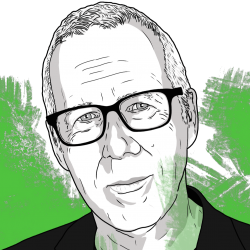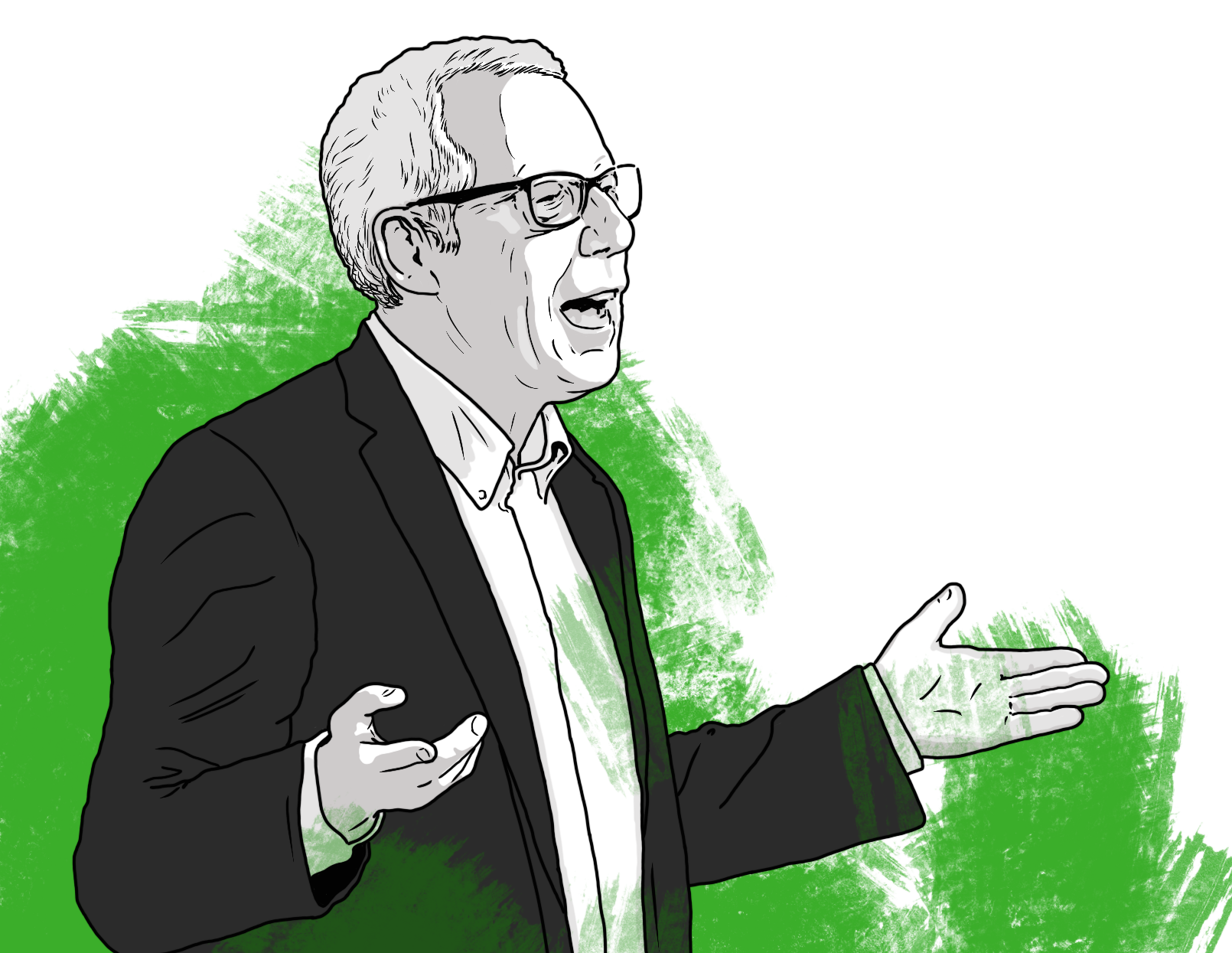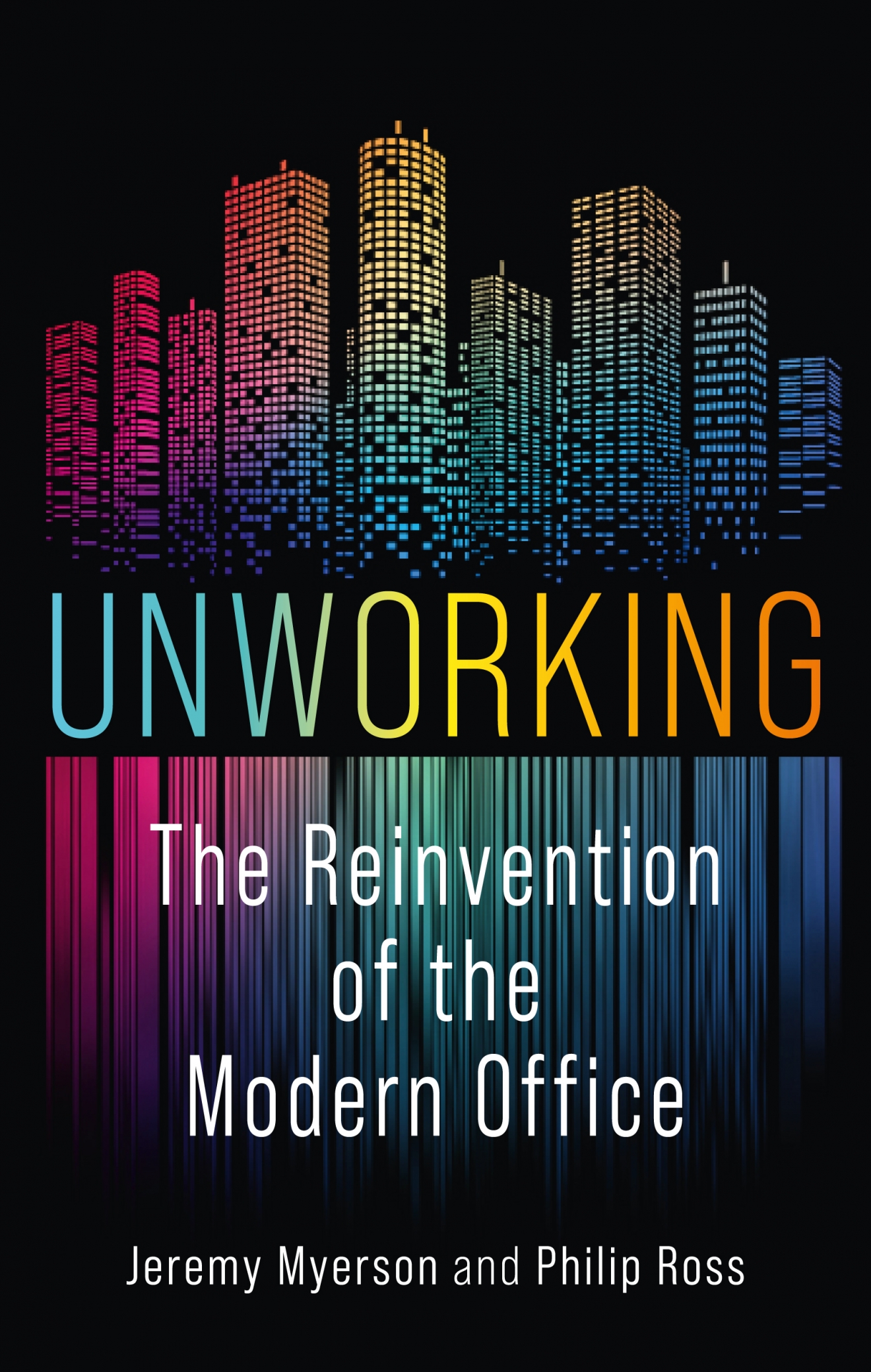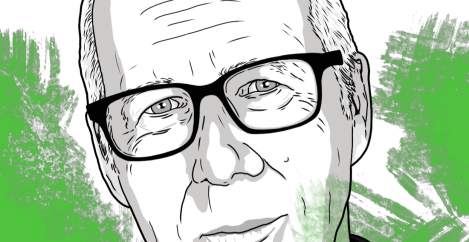March 15, 2023
“Flexible working has been introduced very inflexibly”: IN conversation with Jeremy Myerson
 One of the latest people to invent activity-based working is a sociologist, who combined it with the similarly familiar hub and spoke office model on her substack as a solution to the Great Office Problem and as a way of implementing flexible working. She’s not the first and is a less surprising pioneer of a decades old model than some other people who should really know better. That includes an architectural practice who came up with the idea earlier this year and whose name escapes me.
One of the latest people to invent activity-based working is a sociologist, who combined it with the similarly familiar hub and spoke office model on her substack as a solution to the Great Office Problem and as a way of implementing flexible working. She’s not the first and is a less surprising pioneer of a decades old model than some other people who should really know better. That includes an architectural practice who came up with the idea earlier this year and whose name escapes me.
I would be lying if I said this kind of stuff hadn’t irritated me over the past two or three years. But a couple of things have also caused me to rethink the motivations for that irritation. The first is that I think some of the most important insights into work and workplaces now come from disciplines such as sociology, anthropology and psychology, rather than real estate and office design. The latter two of which still seem to be struggling at times to make sense of where we are.
The other is a conversation I had with Jeremy Myerson about his recent book Unworking. In the book, he cites a 1987 essay from Tom Wolfe called The Great Relearning, which predicts that the 21st Century will be characterised by paroxysms of reinvention of things already known. As Myerson and co-author Philip Ross write:
“Wolfe described a process of starting from zero that was evident in many fields. He referenced the year-zero approach of the San Francisco hippy movement of the 1960s to the laws of personal hygiene, for example, which resulted in diseases not seen by medics for centuries – ‘the mange, the grunge, the itch, the twitch, the thrush, the scroff, the rot’.”
Full disclosure: I have known Jeremy and Philip for nearly thirty years and indeed worked with Jeremy in the mid-1990s on communicating the ideas behind an office furniture system aimed at a new market for agile office space, remote and flexible working and furniture that acted more like tech than architecture. The kind of thinking that is also regularly reinvented.
This kind of convergent evolution is well known in nature too. In a wider business and creative context, it leads to the paradox of reboots and reinventions proliferating at a time of massive technological shifts, new discoveries and new thinking.
A grasp of history
If there is one person with a grasp of this history and its tendency to convergence and relearning, it is Jeremy. He has tracked it in his research, consultancy and writing since the nascent Internet set us on the seemingly endless road to discovering new ways of working. One thing that has changed is the way he communicates. His most recent book with Philip Ross is very different to their three predecessors.
“They were all large hardbacks,” he says. “Glossy architectural photographs, lots of drawings. And this latest book is not full of glossy photographs. It’s a word book. It’s a thesis book and it deals fundamentally with the history of the workplace and ends in the near future with a series of predictions.
“We were commissioned to write it and we were writing it before the pandemic but when it struck, it gave the book its central issue. We actually added chapters to the book as the post pandemic thing began to unfold. All books have to have a cut off point, but we are already seeing a polarisation between returners who are trying to get everyone back to the office and people who are giving people more choice.
“So the pandemic was actually a kind of organising episode that gave the gave the book its angle. Now people say well, you’ve got to reinvent the office whereas, actually, the office was already being reinvented before the pandemic.
“That said, our previous books were less about work and more about place and the outputs of architects and designers. This book is much more reflective of the wider issues of work. Design is just one chapter. It deals with culture and technology and management and leadership and organisational structure and psychology and demographics and a whole raft of different things.”

It’s hard to condense a career like Jeremy’s into a digestible chunk but here goes anyway. He began his professional life as a journalist, the founding editor of Design Week in 1986 and subsequently editor of the Design Council’s magazine, Creative Review, V&A Magazine and World Architecture. In 1999, he established the Helen Hamlyn Centre for Design at the Royal College of Art. He continues to work at the RCA alongside his other role as the director of WORKTECH Academy alongside Philip Ross and as a visiting lecturer at Oxford University. He is also a prolific author with twenty books to his name.
So given his own career trajectory tracking and shaping the development of new ways of working, what does he make of the current conversations about flexible working, work and workplaces? And how relevant is the history presented in the book to that understanding?
“We just published a really good essay by Rob Harris on the Worktech Academy platform,” he says. “He’s done loads of worker satisfaction surveys and argues that the workplace has become a proxy for how much they dislike the organisation. They don’t complain about their boss. They complain about the chair instead.
 “People are complaining about the current workplace as though it’s a Dickensian workhouse, even though offices have got better designed over the last 25 years. People are over complaining about the physical environment and under complaining about rubbish management and very poor leadership.
“People are complaining about the current workplace as though it’s a Dickensian workhouse, even though offices have got better designed over the last 25 years. People are over complaining about the physical environment and under complaining about rubbish management and very poor leadership.
“So, the book makes a strong thing about culture and of course Philip makes strong arguments about technology, including its use in a much more a human way to find out people’s preferences and understand their behaviour.”
“But we also say in the book that this is an evolving picture. One reason we went into the history was because there are Taylorist impulses that are behind a lot of algorithms. A hundred years ago, you had men in frock coats writing down what people were doing.”
The other irony he identifies is that the new way of talking about flexible working has driven a new fixation with time and place.
“Flexible working has been introduced post pandemic very inflexibly,” he says. “I mean Apple said that people had to be in the office on Mondays Wednesdays and Thursdays. That’s not giving professional people more freedom and choices. If anything, it’s less.
“The genie is out of the bottle and a lot of companies have made a mess of trying to bring people back. Larger organisations more so than smaller. Smaller firms have had far less of a problem getting people back into the office and rebuilding a culture. Large firms have tied themselves in knots with mandates, then retreating from them. But they have millions tied up in real estate.
“I’m far more invested in what somebody described as the espresso office -small and powerful. What Leesman I think described as half the space but twice the experience. That is why companies are spending money on their offices. They are repurposing them while getting rid of less desirable offices in less desirable locations.”
This interview appears in the new issue of IN Magazine. Illustrations: Simon Heath














